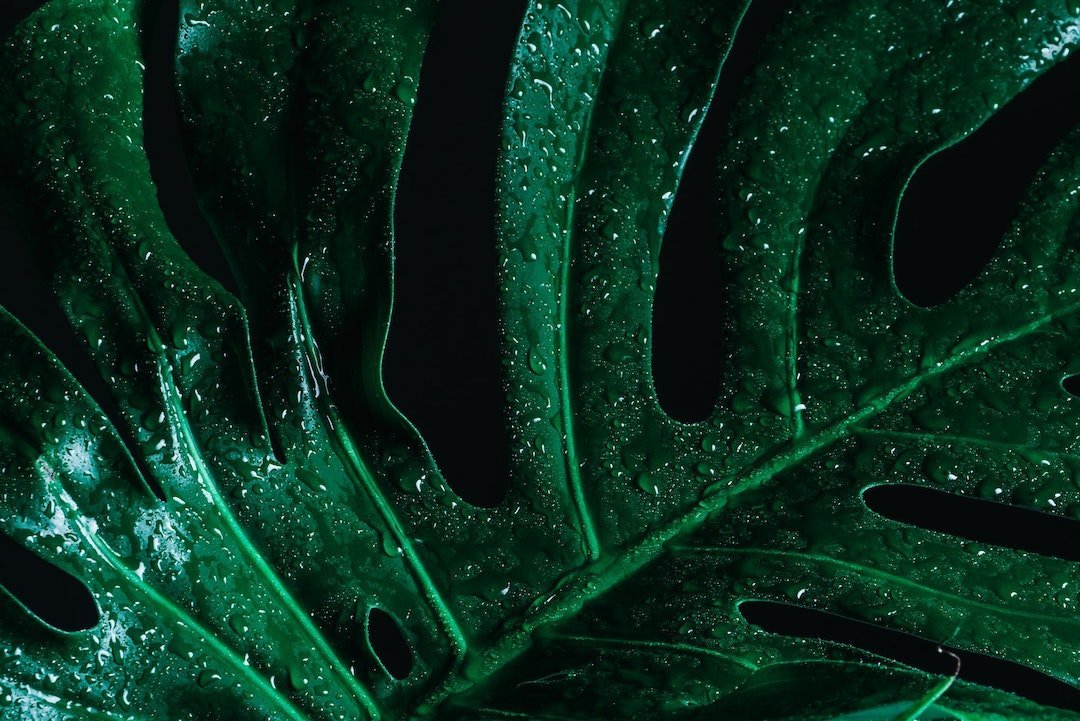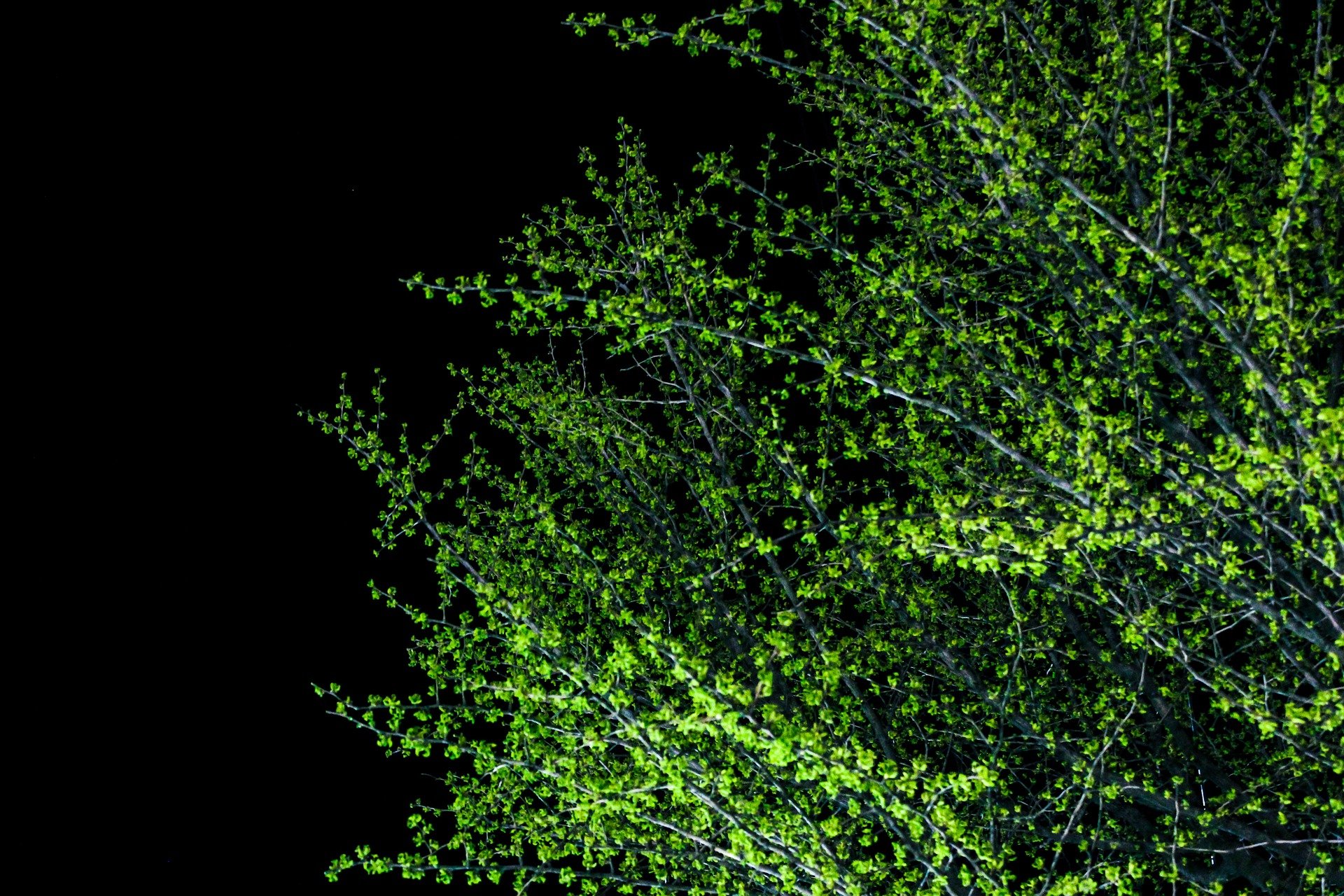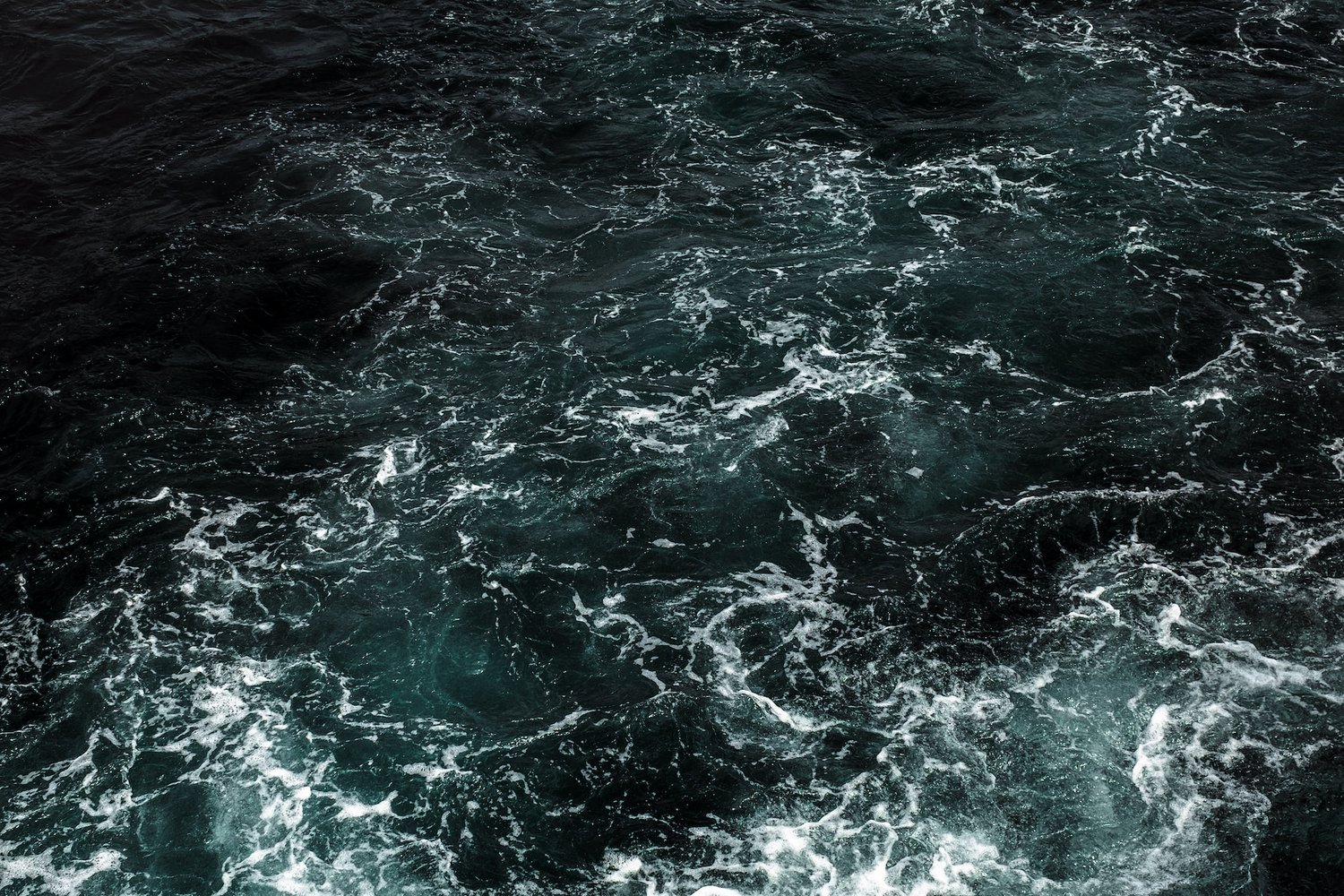Dispatches from the front lines of trauma healing.
I’ve been writing about trauma healing, PTSD, CPTSD, and wellbeing for almost 15 years, exploring what it means to be a high-performer making impact in the world — without sacrificing health or happiness.

Why It's Hard to Self-Soothe (with CPTSD)
Human neurobiology is interpersonal. We learn how to self-soothe from others. Until our nervous systems learn this necessary skill, we simply don't know how.

What Dissociation is Trying to Tell Us (about PTSD & CPTSD)
When dissociation shows up in my trauma healing work, it always signifies we're right where we need to be, at the boundary where the nervous system and conscious awareness collide.

What to Do About Shutdown and Sexual Trauma
Feeling shutdown is a completely normal sign of being "stuck off" from unresolved trauma. Around intimacy, it shows up as physical numbness, low or no arousal, emotional distance, and a lack of interest.

Red Flags of Therapist Abuse (and Coaching Abuse)
We don't talk enough about discernment and boundaries in trauma healing, therapy, and coaching work. When things go wrong, we blame ourselves. But it’s not our fault.

Numbness is Not What It Seems
Numbness is trauma response. It's a survival mechanism that follows chronic stress or trauma. It happens after our nervous systems have been over-activated into a stress or trauma response for a prolonged period of time.

The Truth about Dissociation
The part of us that dissociates uses this pattern as a strategy to lessen our experience of pain and discomfort. It tries to help by removing us from our experience, which always means shutting down our access to the body. It often creates a kind of fog, haziness, or floating out-of-body feeling.

Presence, Not Perfection
Trying for perfection distorts our ability to connect with others. We focus on a rigid and unattainable ideal instead of allowing ourselves to be seen in all our messiness and vulnerability. Often, this comes from a deep fear of rejection or abandonment.

Maslow was Wrong
Understanding the importance of attachment needs has massive implications for people with developmental trauma, a type of complex trauma (CTPSD) that I work with a lot in my private practice.

When Guilt is Good
Those of us with complex trauma or developmental trauma from childhood may have crafted beliefs about ourselves, relationships, and the world from these experiences. We may have learned some version of, "I don't matter," "My needs don't matter," or "No one cares what I think."

Belonging and Self-Betrayal
When our sense of belonging is threatened, it's easier to give up our values and needs than risk abandonment. It's easier to sacrifice personal values and needs to remain connected, rather than face the terror of being cast out, alone.

The Fallacy of Catharsis
We assume that because our experience of trauma is intense, healing must be too. We’re easily seduced by the promise of catharsis, hoping that if we dive back into the pain, this time we can release its hold on us.

Creativity and Trauma Healing
When a stress response interrupts our creativity, the best thing to do is move through it. We can work with the nervous system to get to the other side. We don’t want to fight it, but rather find ways to complete the cycle and return to our center, where we feel safe and empowered to create.

What Most People Get Wrong about Boundaries
Shifting the responsibility for our boundaries onto other people keeps us from effectively using boundaries for our wellbeing. It’s no wonder that we end up in power struggles, trying valiantly to stand up for ourselves, only to feel frustrated, manipulated, or resentful of others.

Complex Trauma and Emotional Safety
Our attachment styles emerge from how our nervous systems patterned in response to our earliest caregiver dynamics. Far from being fixed traits, our attachment styles continue to shift and evolve.

What They Don’t Tell You About Trauma and Meditation
Everything in the science and the research supports the fact that traditional meditation is not helpful for people with active trauma. Asking us to sit down, sit still, and close our eyes is almost always too much for our over-activated nervous systems.

How We Sabotage Relationships Without Knowing It
When we were made wrong and punished for actions, where we didn't have the psychological development or self-control to choose differently, we assumed a sense of wrongness as part of our identity. That shame distorts our development in several ways.

How to Create Secure Relationships (With Trauma in the Mix)
Attachment styles are dynamic and can shift over time. They offer a potent place to focus when we're looking to heal trauma within the container of a loving, committed relationship.

Mapping Our Attachment Style
Even if we have had difficulty forming and sustaining rewarding relationships in the past, we can train ourselves to relate in healthier ways. When we do, we enjoy all the benefits of supportive, secure connections — advantages like improved mental wellbeing and physical health, increased resilience, and a stronger support system.

Escaping the Trap of Performativity
Performativity is when you align with sexual stereotypes or how you think you’re “supposed to” act, rather than exploring and expressing your own way. It happens when we subconsciously copy what appears desirable in our culture and try it on for ourselves.

Supporting Survivors with Dr. Indira Henard
Sometimes a conversation will shift how you see the world and your place in it. My conversations with Dr. Indira Henard always have a way of doing just that. I’m honored to share our most recent conversation here.

